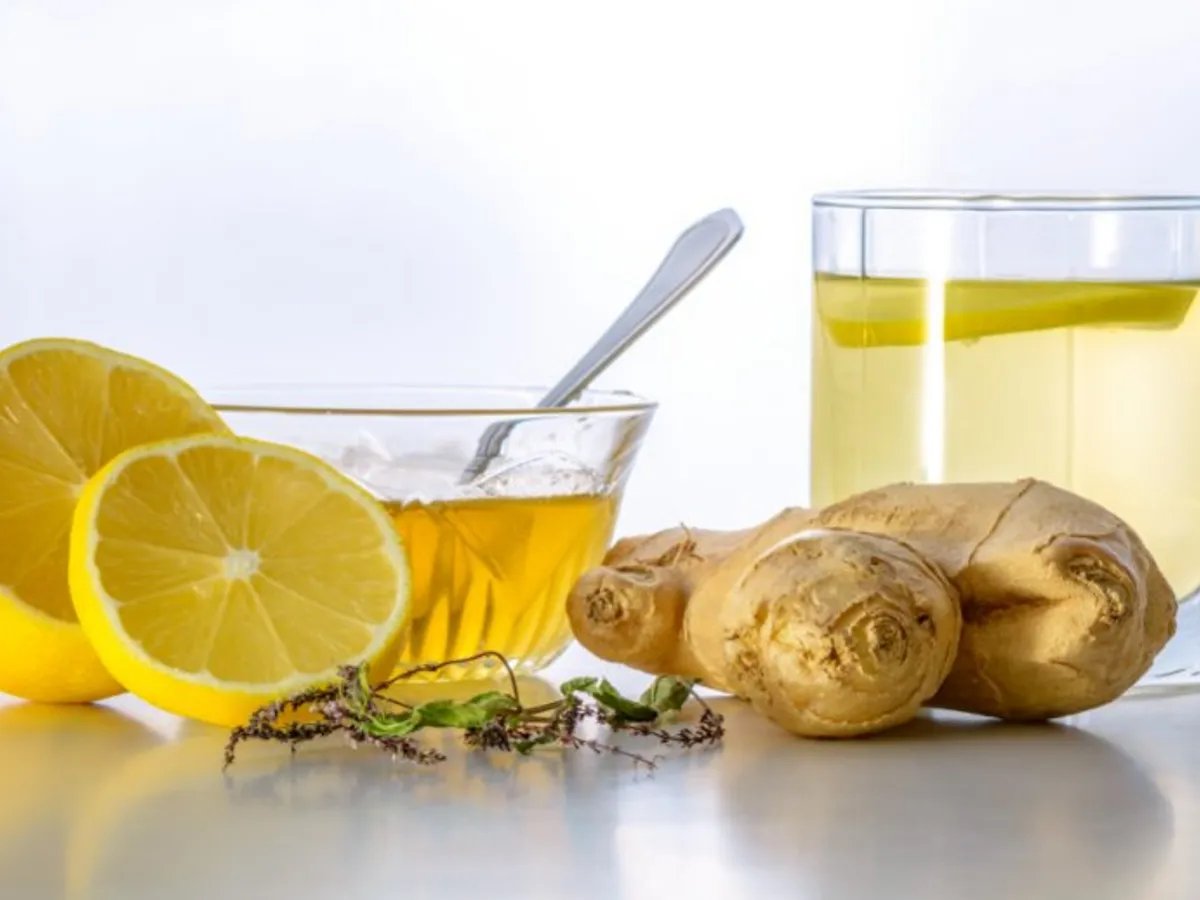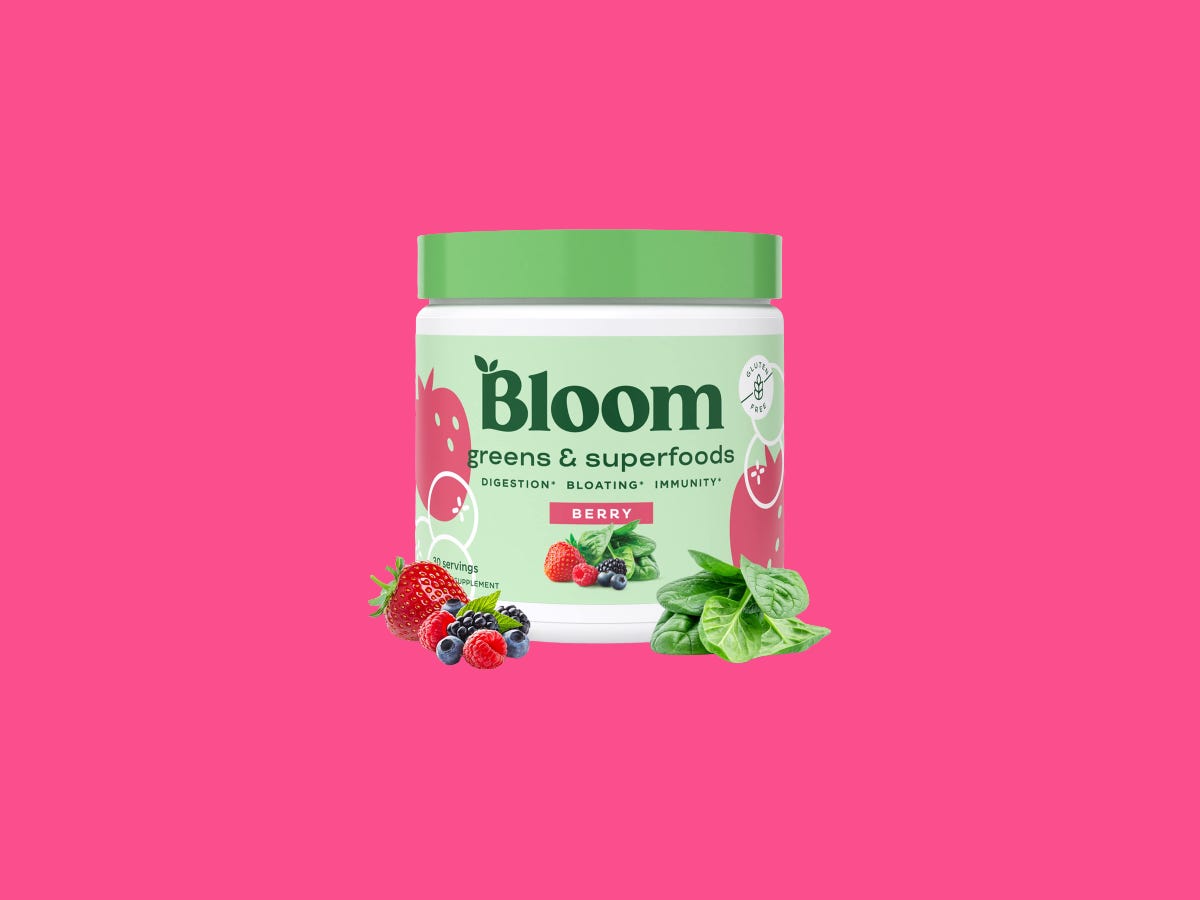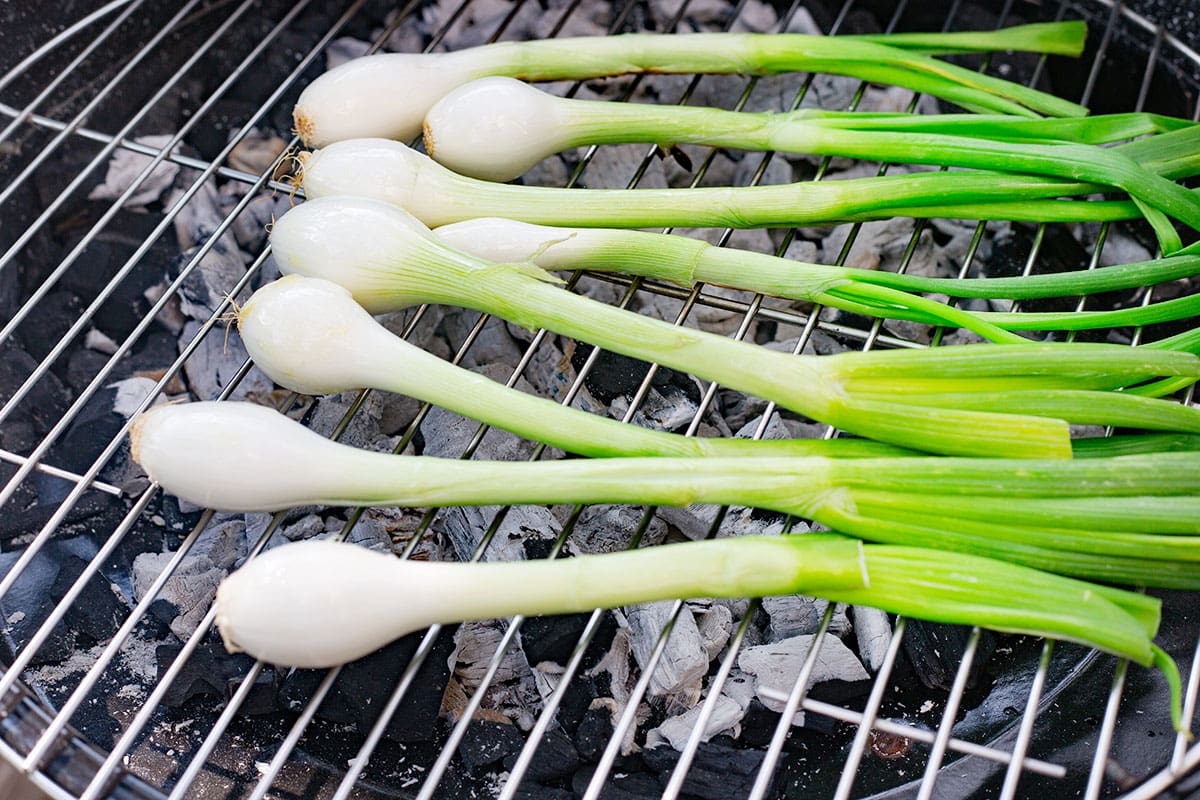What is Sambong?
Sambong, also known as Blumea balsamifera, is a medicinal herb that is native to Southeast Asia. It has been used for centuries in traditional medicine to treat various ailments due to its potent medicinal properties. Sambong is commonly consumed as a tea or infusion, and it is known for its diuretic, anti-inflammatory, and antispasmodic effects.
Health Benefits of Sambong
Sambong offers a wide range of health benefits, making it a popular choice for those seeking natural remedies. Some of the key benefits of sambong include:
- Diuretic Properties: Sambong is known for its diuretic effects, which can help promote the elimination of excess fluids and toxins from the body.
- Anti-inflammatory Effects: The active compounds in sambong have been found to possess anti-inflammatory properties, making it beneficial for conditions such as arthritis and gout.
- Antispasmodic Action: Sambong is often used to relieve muscle spasms and cramps, providing natural relief for discomfort.
- Urinary Tract Health: Sambong has been traditionally used to support urinary tract health and may help in the management of urinary tract infections.
How to Prepare Sambong Tea
Drinking sambong tea is a popular way to enjoy its health benefits. Here’s a simple guide on how to prepare sambong tea:
- Start by boiling water in a pot or kettle.
- Once the water reaches a rolling boil, add a few dried sambong leaves to the water.
- Allow the leaves to steep in the hot water for about 5-10 minutes to extract the beneficial compounds.
- After steeping, strain the tea to remove the leaves, and pour the infused liquid into a cup.
- You can enjoy sambong tea as is, or add a natural sweetener such as honey to enhance the flavor.
When to Drink Sambong Tea
Sambong tea can be enjoyed at any time of the day, but some people prefer to drink it in the morning to kickstart their day with its refreshing and invigorating properties. Others may choose to consume sambong tea in the evening to unwind and relax. Ultimately, the best time to drink sambong tea depends on individual preferences and health goals.
Precautions and Considerations
While sambong offers numerous health benefits, it’s important to exercise caution and consult with a healthcare professional before incorporating it into your routine, especially if you have existing medical conditions or are taking medications. Additionally, pregnant or breastfeeding women should seek medical advice before consuming sambong.
In Conclusion
Sambong is a versatile herb that can be enjoyed as a soothing and beneficial tea. Whether you’re looking to support urinary tract health, reduce inflammation, or simply enjoy a comforting beverage, sambong tea offers a natural and time-tested option. By following the simple steps for preparing sambong tea and being mindful of any precautions, you can experience the potential health-boosting effects of this traditional herbal remedy.
Was this page helpful?
Read Next: How To Drink Smirnoff Vodka











